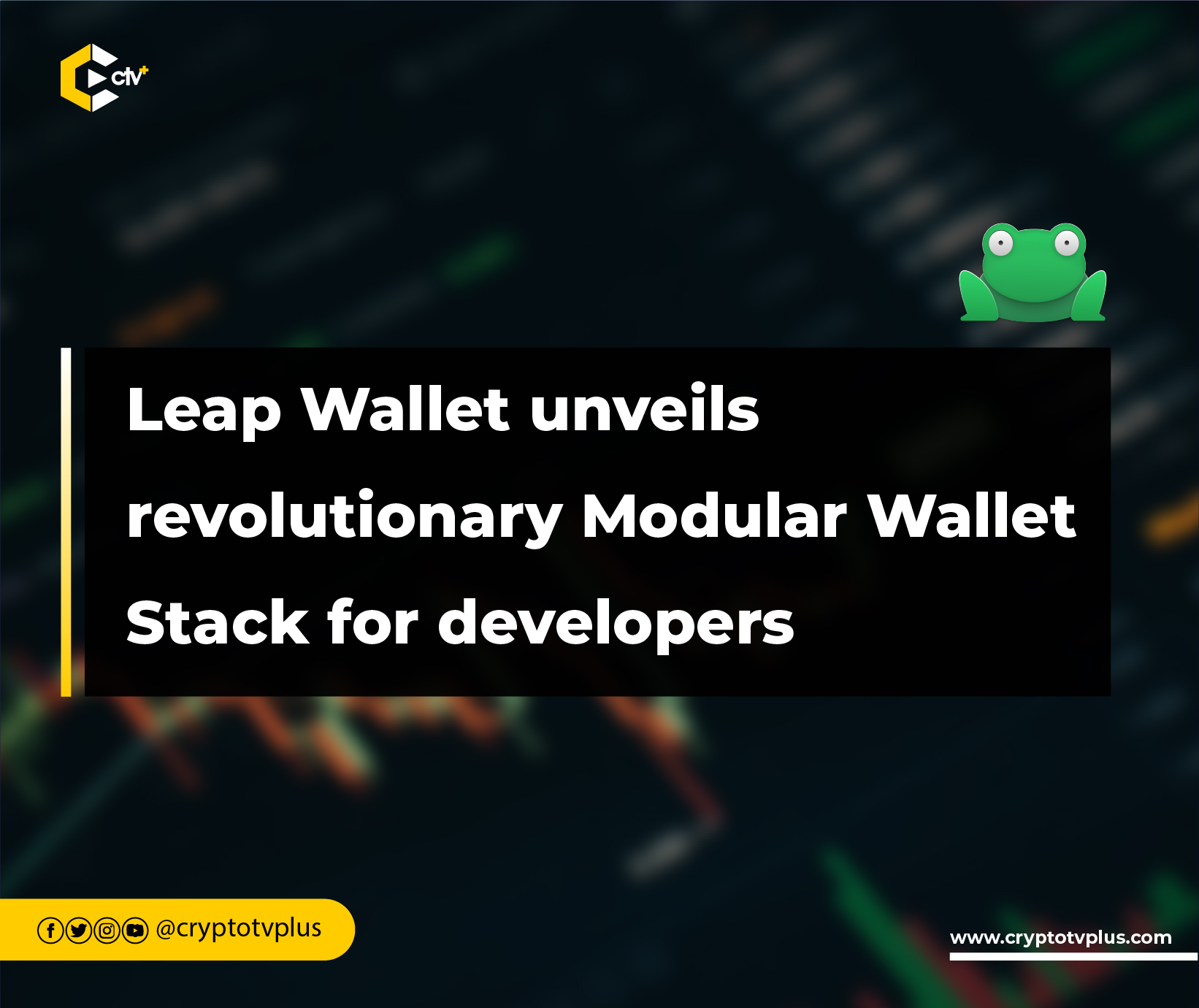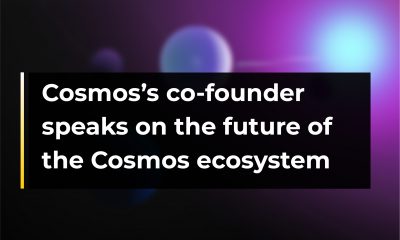News
Leap Wallet unveils revolutionary Modular Wallet Stack for developers

Leap Wallet announced the release of its latest development, a modular wallet stack for developers at the Cosmoverse 2023.
The wallet which is designed to serve users in the Cosmos ecosystem is on the verge of expanding its use cases into other chains as well as giving developers more advanced tools to build with.
Sanjeev Rao, the founder of Leap Wallet, took the stage to announce at the event revealing what Leap Wallet has in store for the industry.
Leap Wallet is a non-custodial Web3 wallet for the interchain that allows users to explore multiple Cosmos SDK chains and manage their digital assets.
It supports over 50 Cosmos SDK chains, including Cosmos Hub, Terra, and Kava. Leap Wallet supports Ledger hardware wallets, providing an added layer of security without compromising on convenience.
Leap Wallet’s journey so far
The founder said that Leap Wallet has already made significant strides in improving the Cosmos experience.
He added that the wallet, designed specifically for Cosmos, offers a range of products, including a browser extension, mobile apps, and a web dashboard, boasting over 250,000 installs in total.
Its journey began in the middle of last year, aiming to enhance the interchange and wallet experience.
The initial focus was on solving major issues voiced by users and builders such as limited support for Cosmos chains on existing wallets and the need to improve the user experience for various transactions.
While it made adjustments to improve the usability of the wallet, such as an inbuilt DApp browser, push notification services, implemented one-click swaps, IBC transfers, complete staking and governance suite, and an NFT gallery, Sanjeev noted that there was more to do.
Expanding the user base
He further stated that the next step for the wallet was to cater to the needs of users who are outside the Cosmos ecosystem.
There are millions of non-Cosmos native users and an even larger addressable market in the form of the five billion-plus internet users. To ensure the growth of Cosmos, Leap Wallet has identified a need to address this broader user base.
To serve the broader market, Leap Wallet realized that the key challenge was a top-of-funnel and conversion problem.
While Cosmos has a solid set of fundamental products, including Leap Wallet, attracting and engaging new users from outside the ecosystem has been challenging.
The solution
Sanjeev revealed that Leap Wallet’s solution to this problem is the Modular Wallet Stack. This innovative approach unbundled various components that make up the wallet stack, offering it as individual modules for developers to integrate into their front ends.
The stack comes in two forms. First is the Wallet Toolkit, which is a collection of libraries and SDKs that provides essential logic and functionality without dictating the presentation layer or application.
It includes the UI library, wallet core, helper modules, transaction parts library, keychain library, notification service, and node management system.
The wallet toolkit allows developers to customize and integrate the components they need, freeing up time to focus on core product offerings.
The second is the “Plug and Play Front Ends,” which are front-end widgets composed using different pieces from the wallet toolkit to solve specific challenges.
They offer an easy and quick way to integrate specific functionalities into websites, requiring only a few lines of code.
For developers, this means building UX to solve onboarding challenges, saving more time by focusing on core product offerings, customizability flexibility, and compatibility as the stack is designed to work with various wallets, not just Leap Wallet, ensuring broad compatibility.
Future features of the Stack
Sanjeev also mentioned several exciting additions to the Modular Wallet Stack in the pipeline. These include social logins, an embedded wallet for in-app experiences, a gas station widget for managing gas tokens, and a DApp inbox for notifications.
Read also; Moonsama unveils game-changing innovations in the NFT world

























1 Comment